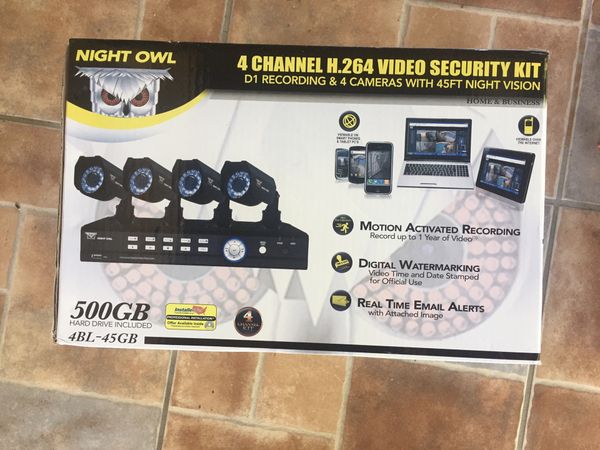

A more advanced form of CCTV, using digital video recorders (DVRs), provides recording for possibly many years, with a variety of quality and performance options and extra features (such as motion detection and email alerts). CCTV systems may operate continuously or only as required to monitor a particular event. In industrial plants, CCTV equipment may be used to observe parts of a process from a central control room, especially if the environments observed are dangerous or inaccessible to humans. Video surveillance has generated significant debate about balancing its use with individuals' right to privacy even when in public. Surveillance of the public using CCTV is common in many areas around the world. Even though almost all video cameras fit this definition, the term is most often applied to those used for surveillance in areas that require additional security or ongoing monitoring ( Videotelephony is seldom called "CCTV" ). It differs from broadcast television in that the signal is not openly transmitted, though it may employ point-to-point (P2P), point-to-multipoint (P2MP), or mesh wired or wireless links.

Surveillance cameras on the corner of a building Surveillance camera in a residential community Dome camera in Rotterdam central metro stationĬlosed-circuit television ( CCTV), also known as video surveillance, is the use of video cameras to transmit a signal to a specific place, on a limited set of monitors. For other uses, see CCTV (disambiguation). For the state television broadcaster of China, see China Central Television.


 0 kommentar(er)
0 kommentar(er)
